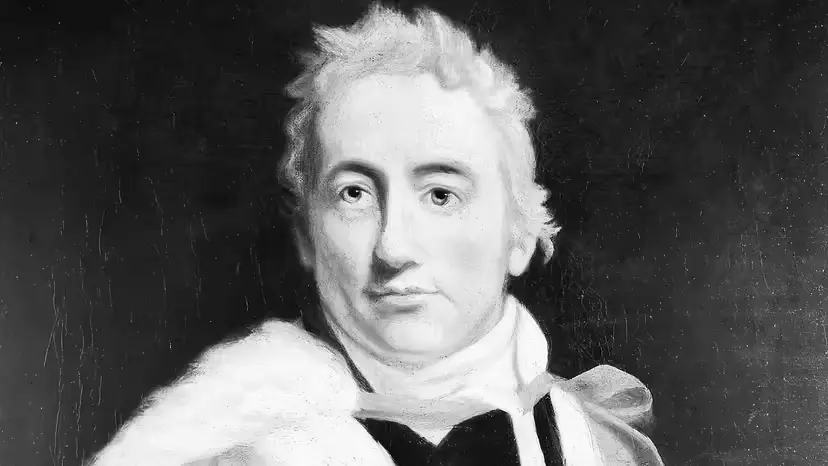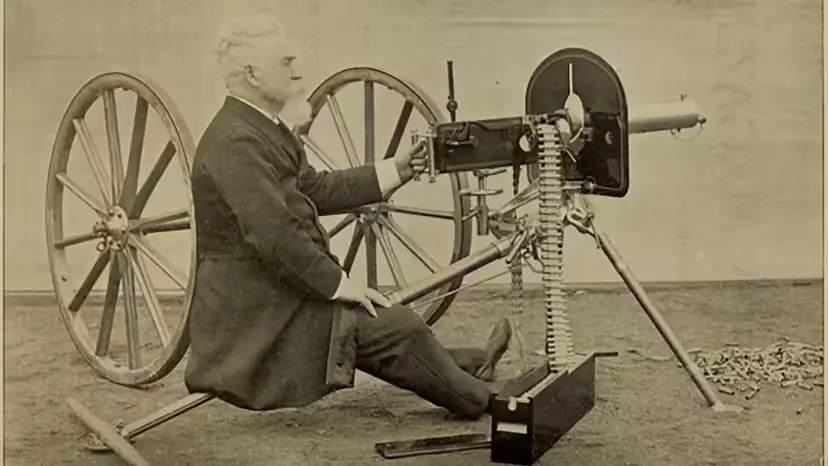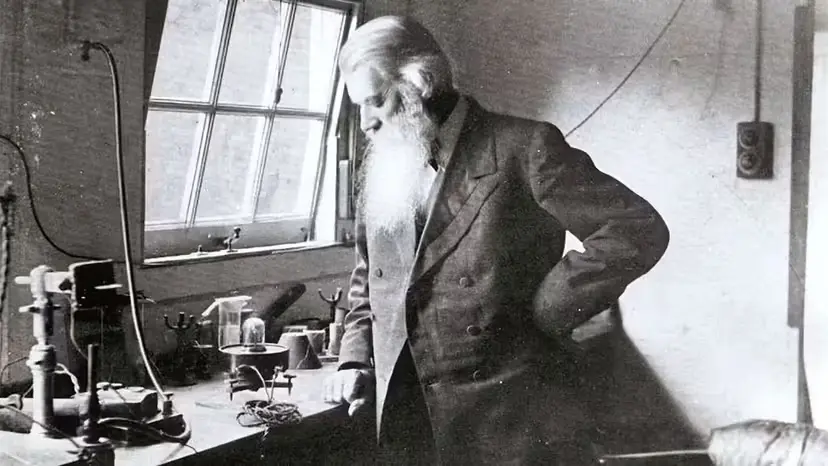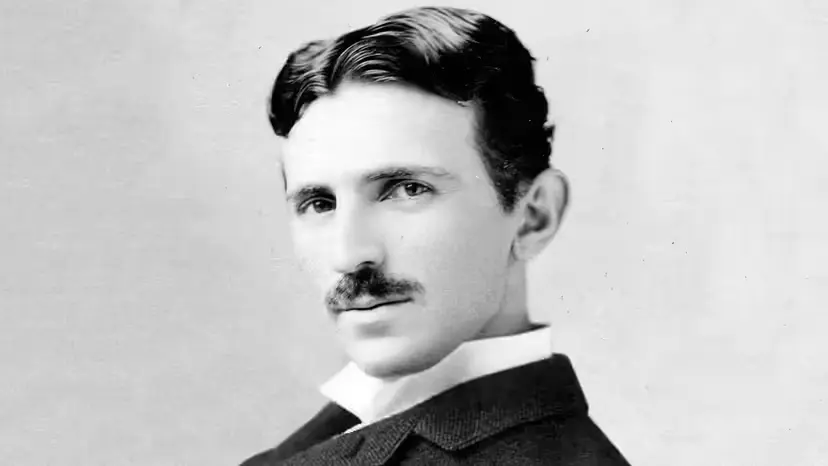
To claim that the incandescent light bulb was the catalyst for change in human civilization is not an exaggeration. People were able to work and play well into the night after the invention of light bulbs since they no longer needed to rely on an open flame (with all of the associated heat, smoke, and inherent danger that comes along with it) to illuminate a place.
The significance of the electric light bulb cannot be questioned; however, the circumstances surrounding its conception are more frequently the subject of contention. According to the received wisdom, the credit should go to the American inventor Thomas Alva Edison, who got the earliest patents for incandescent light bulbs, the first in the year 1879 and the second in the year 1880. However, there are historians who believe that giving all of the credit to Edison is a too simplistic approach. They believe that Edison was the first person to invent the light bulb, despite the fact that it was just one of several comparable inventions that came before it.
Others argue that while Edison's electric light bulbs did stand out from their predecessors, an even greater amount of credit should go to the British inventor Sir Joseph Wilson Swan, who worked on incandescent lamps at the same time as Edison and later cooperated with Edison. And yet another group of historians contends that the aforementioned revisionist history is an example of excessive rectification, and that Thomas Edison was, in fact, the genuine inventor of the light bulb. Therefore, what is the solution?
Early ancestors of the electric light bulb invented by Thomas Edison
Before we can determine how much of the credit Edison is due for the creation of the light bulb, we need to look at the work of other inventors who came before him. Alessandro Volta, an Italian inventor, was a pioneer in the development of concepts for managing an electrical current around the turn of the 19th century. His work culminated in the creation of his "voltaic pile," which essentially functioned as a battery. If you've heard of Volta before, it's probably because to the fact that the unit of electrical measurement known as the "volt" is named after him.
British chemist Humphry Davy was motivated to create a battery of his own design after being exposed to a voltaic pile. He used his battery to power an arc lamp. Since it was first introduced in 1806, the arc lamp did, in fact, create visible light enclosed in a bulb; however, Davy's invention came out ahead of Edison's by more than seven decades. However, Davy's arc lamp was incredibly brilliant and difficult to regulate. It also demanded a significant amount of electric current and did not last nearly long enough to be useful in a domestic setting. The electric arc lamp had some use as an outside streetlight, but it was not suitable for use as an indoor lighting fixture. However, it did find some use as an outdoor streetlight.

After Davy, subsequent generations of chemists came to the realization that selecting a filament for an incandescent lamp that, when subjected to an electrical current, could continue to glow without extinguishing was the most important factor in producing a lamp that would last for an extended period of time. In the year 1835, a Scottish scientist by the name of James Bowman Lindsay presented a light bulb made of copper filaments, while in the year 1840, a British scientist by the name of Warren de la Rue presented a light bulb made of platinum filaments. Even though these light bulbs were invented well before Edison's, they lacked the functionality of his. Although de la Rue's platinum had a higher melting point than Lindsay's copper, the latter was prohibitively expensive despite the fact that platinum's high melting point represented a significant technological advance. Inadequate vacuum tube technology was another flaw in these designs; as a result, gas could become trapped in the glass bulbs. This undesired gas could potentially cause the filament to malfunction, which would make it more difficult to produce light.
The Crucial Step That Led to Edison's Development of the Practical Light Bulb
Thomas Edison was the innovator who, after years of trial and error, was finally successful in cracking the code of a truly functional light bulb. However, this achievement did not come easily. Edison came up with a high-resistance cotton filament while working for a company that he named the Edison Electric Light Company. This filament burned for more than 14 hours when it was put to the test. Additionally, compared to alternative designs, it had a significantly lower electricity consumption. Additionally, Edison benefited from the invention of the Sprengel air pump in the year 1877. This device made significant advancements in the science of vacuum pumps and enabled manufacturers to suction outside gasses out of a glass bulb. Because of this and the high electrical resistance of cotton, filaments were able to burn for a significantly longer period of time. Edison submitted his initial patent application in 1879, and the United States Patent Office gave him the patent one year later in January 1880. Later on in his life, Edison would establish the Edison Illuminating Company.
Who truly was the first person to invent the light bulb?
— Redeyes55 (@Redeyes02789579) October 24, 2020
-Thomas Edison🤔
-An Ancient Egypt civilization 🤔 pic.twitter.com/VxrSJL0czo
It is important to note that the Edison Illuminating Company was not in any way affiliated with General Electric, another company that Edison created. Instead, the Edison Illuminating Company was responsible for the construction of the very first electrical generating stations in the United States. This company later became known as the Edison Electric Illuminating Company. After some time, Consolidated Gas purchased the business, and it is currently operating as a utility company known as Consolidated Edison, abbreviated as ConEd.
According to Robert Friedel, a history professor emeritus at the University of Maryland-College Park, Edison's prominence in the annals of light bulb history can be attributed to the fact that he placed a strong emphasis on the application of his inventions in real-world settings. Friedel offers the following explanation: "Edison's was the first truly practical electric light for general use, and this is exactly what its inventor set out to make," "He carefully identified all of the key qualifications for a successful rival to the alternatives, including reliability, longevity, cost-effectiveness, and aesthetics." He consciously set out to develop an electric light that would be capable of fulfilling all of these requirements, which is something that no one else had been able to accomplish.
Other People Who Suggest They Were the First to Invent the Light Bulb
In the 1870s, Thomas Edison was one of a number of inventors who were frantically attempting to solve the riddle of sustainable incandescent illumination. Hiram Maxim, an inventor with dual citizenship in the United States and the United Kingdom, made an application for a patent on a light bulb at almost the same time that Thomas Edison did; however, the United States Patent Office did not approve Maxim's application until July 1880. Harold H. Schobert, professor emeritus at Penn State University and author of "Energy and Society: An Introduction," recalls: "I used to tell my class that Maxim was so infuriated by this that he went home and invented the machine gun." Schobert is the author of "Energy and Society: An Introduction." Even though Schobert makes a point to underline that this was a joke, Maxim's machine gun is another technology that has had a significant impact on society.

After Edison, Joseph Swan, an Englishman, is possibly the inventor who has the strongest claim to having invented a light bulb that can be used in everyday life. Swan concentrated on developing carbonized paper filaments that could be used in electric lamps to provide light. In November of 1880, Swan was granted a patent by the British government for an incandescent bulb. His light bulb was put to use in more practical applications than Edison's was. He used his innovation to illuminate the entirety of the Savoy Theater in London. It is reported that he was the first person to completely light his own private home using electric illumination. Edison filed a patent infringement lawsuit against Swan in British courts. The legal system sided with Swan, and in order to put an end to the conflict, the two businessmen consolidated their operations into a single entity based in the United Kingdom and given the name Ediswan. They were able to completely dominate the English market. Some of their bulbs have made through into the 21st century in relatively good condition.

Many people think of the Serbian-American inventor Nikola Tesla when discussing notable competitors of Thomas Edison. Tesla worked at the Edison Machine Works in New York City for a number of months during the course of his career. During his brief stay, Tesla submitted designs for arc lighting, which was the form of street lighting that Humphry Davy pioneered decades before Tesla's time. However, no one would claim that Tesla invented the light bulb. The low-voltage design that Edison developed himself was not capable of being scaled up to produce high-powered arc lighting. Tesla bitterly quit the firm soon after, for reasons that may have had more to do with money than acceptance of ideas, and the reasons are contested as to why Edison's company never put Tesla's plans into production. Edison's company was known for its embracing of inventions.

Who, Exactly, Was the First to Invent the Light Bulb?
There was not a single person who was responsible for the invention of the light bulb or the electric lamp. Instead, they were developed through a series of successive innovations, each of which built on the foundation laid by the work of earlier scientists. Edison's patent accurately reflected the invention that he had made, which was not the first light bulb but rather the first electric light that was truly applicable to a large audience.
related link : 25 of the Most Beneficial Duties Around the House for Children of Any Age
Incandescent light bulbs, which were first developed by Edison and Swan, have largely been phased out of use as a result of the ongoing growth of the lighting industry, which has led to the dominance of fluorescent lamps and LED lighting technologies in the market. Although the period of vacuum tubes and glass bulbs may be coming to an end, the objective of the project is still to develop light bulbs that are the most functional and extensively used in the modern world.
Inventions that have already been made are protected by patents, but Thomas Edison never abandoned a project just because someone else had thought of it first. Schobert reminisces, "My all-time favorite Edison story... occurred when Edison was giving a group of visitors a tour of his Menlo Park laboratory," and he says that this event was "my all-time favorite Edison story." When working on an innovation, the personnel at Edison's company were required to abide by a set of regulations, which prompted one of the guests to question Edison about those restrictions. It is said that Thomas Edison yelled, "We don't have rules around here!" at one point. We are making an effort to achieve something!'"

